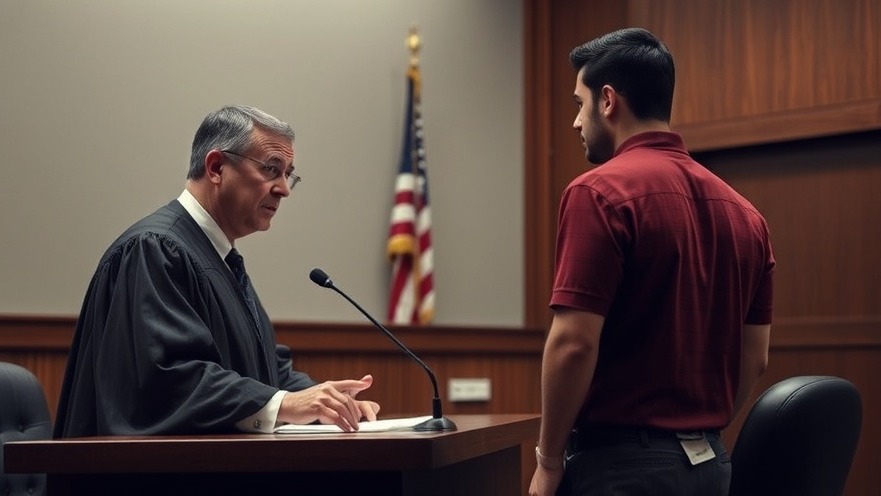
A Shocking Blaze: Lightning Ignites Bird Sanctuary Fire
BOLIVAR PENINSULA, Texas — A tranquil night turned chaotic as a lightning strike led to a fire at the Houston Audubon sanctuary on Friday night, engulfing roughly 21 acres, according to officials from the Port Bolivar Volunteer Fire Department. The incident occurred between Highway 87 and Loop 108, in a region described as challenging to access, which complicated firefighting efforts. Fortunately, the flames posed no immediate threat to any nearby homes or communities.
Understanding the Impact of Environmental Disasters
The sudden fire at the bird sanctuary is a stark reminder of the unpredictable nature of weather phenomena and their potential consequences on local ecosystems. Such incidents are becoming increasingly common, with a growing body of research indicating a direct correlation between climate change and the rise in frequency and intensity of lightning strikes. According to a study published by the National Oceanic and Atmospheric Administration (NOAA), lightning strikes have increased significantly over the past few decades, causing more wildfires.
This incident at the sanctuary exemplifies a broader trend affecting wildlife habitats worldwide. Fires can lead to irreversible damage to flora and fauna, jeopardizing the survival of vulnerable species. The Houston Audubon sanctuary, which is home to numerous bird species, now faces the challenge of recovering from this unexpected disaster.
Rising Trends: The Role of Lightning Strikes in Texas
Texas is no stranger to destructive lightning strikes; however, the number of such incidents has been on the rise. A recent report highlighted that Texas leads the nation in lightning fatalities, leading to conversations about preventive measures that both the public and authorities can take to mitigate risks. This fire serves as a wake-up call to consider how community resources can better educate residents about the dangers associated with thunderstorms and lightning strikes.
Fire departments across the state have been investing in preventative strategies and advanced firefighting techniques to combat wildfires more effectively. In addition, there are calls for state and local governments to enhance their emergency response frameworks to include measures that specifically address climate change impacts.
The Human Element: Community Response and Recovery
In the aftermath of the fire, community engagement becomes crucial. While no homes were threatened, the incident highlights the importance of local wildlife and their habitats, affecting residents who cherish the cultural and natural assets of the Bolivar Peninsula. Social media has played an instrumental role in mobilizing local volunteers and raising awareness about the sanctuary's plight. Many wildlife enthusiasts and environmental advocates have offered support for the restoration efforts planning to take place post-fire.
A Chance for Renewal: Protecting Wildlife Habitats
The fire, while destructive, also presents an opportunity for local stakeholders to reassess conservation strategies. Experts from wildlife organizations stress the importance of using controlled burns as a preventative measure to enhance the resilience of natural habitats. These strategically planned burns can reduce the fuel load, promote the growth of native plants, and ultimately provide a healthier ecosystem for the wildlife that inhabits it.
The recovery phase for the sanctuary will entail not only ecological assessment but also engendering a renewed commitment from the community to protect natural habitats. It is an opportunity for groups like the Houston Audubon Society to engage broader audiences, raising awareness and financial support for recovery initiatives.
Future Predictions: Climate Preparedness and Wildlife Protection
The increasing intensity of weather-related events like lightning strikes sheds light on the urgent need for comprehensive climate preparedness. Researchers predict that as climate change continues to unfold, communities across the U.S., and particularly in Texas, need to be proactive in developing strategies for wildlife preservation and disaster response. The Bolivar Peninsula incident can serve as a model for both learning and action in future conservation and community resilience efforts, especially in vulnerable areas across the Gulf Coast.
Conclusion: A Call to Action
As the Bolivar Peninsula recovers from this unforeseen challenge, it highlights the delicate connection between climate, wildlife, and community resilience. It is essential for residents and wildlife enthusiasts to rally together for the preservation of local ecosystems. Consider getting involved with local conservation groups, staying informed about climate impacts, and advocating for proactive measures to protect the environment. Together, we can create a sustainable future for our ecosystems and ensure that incidents like these are addressed with foresight and preparedness.
 Add Element
Add Element  Add Row
Add Row 



Write A Comment